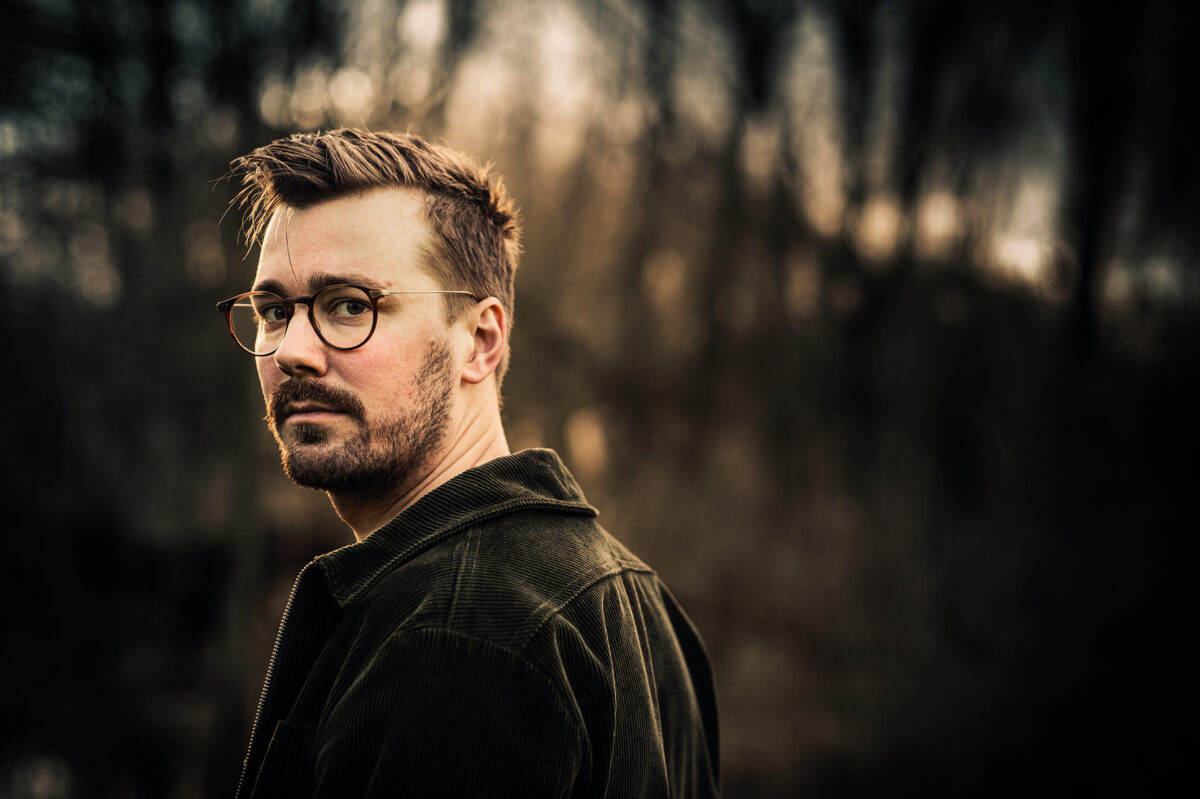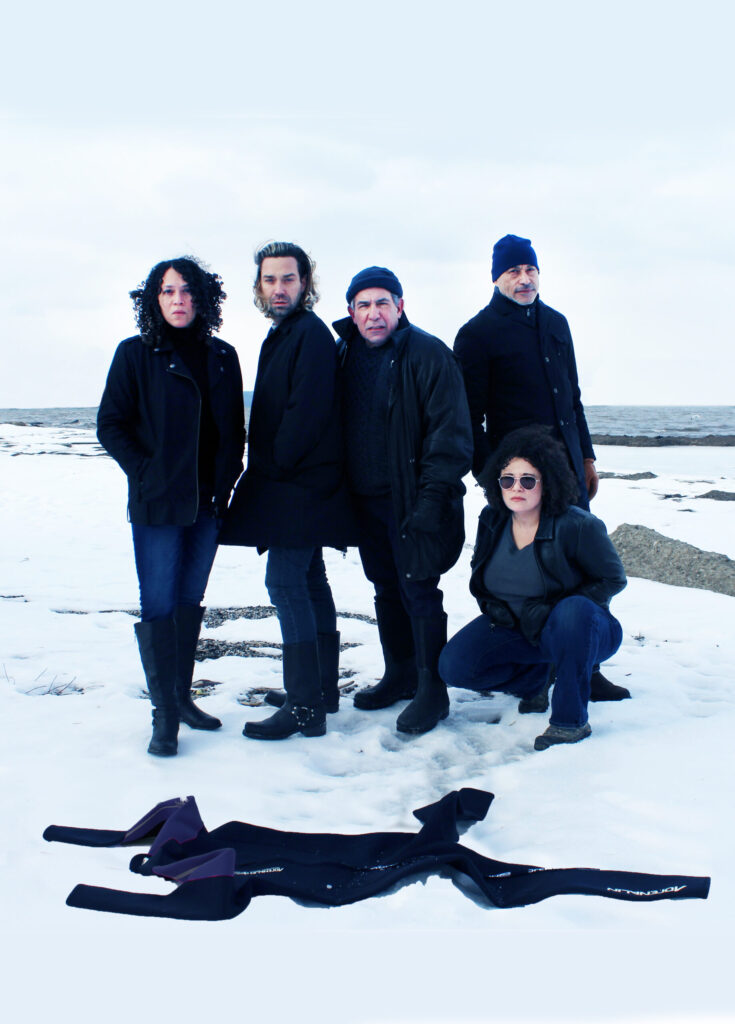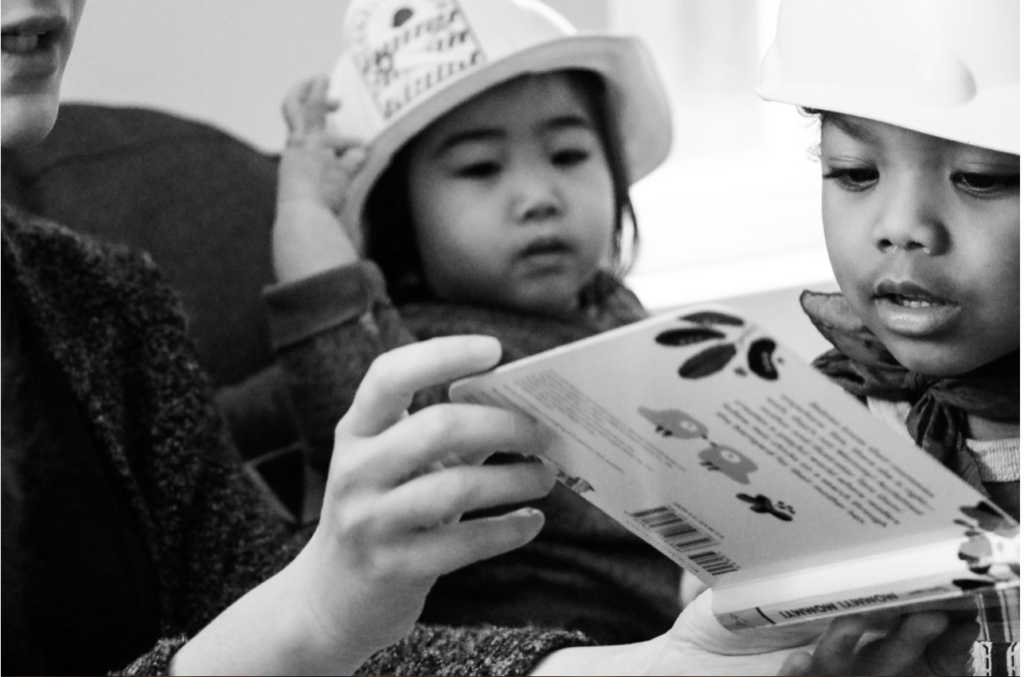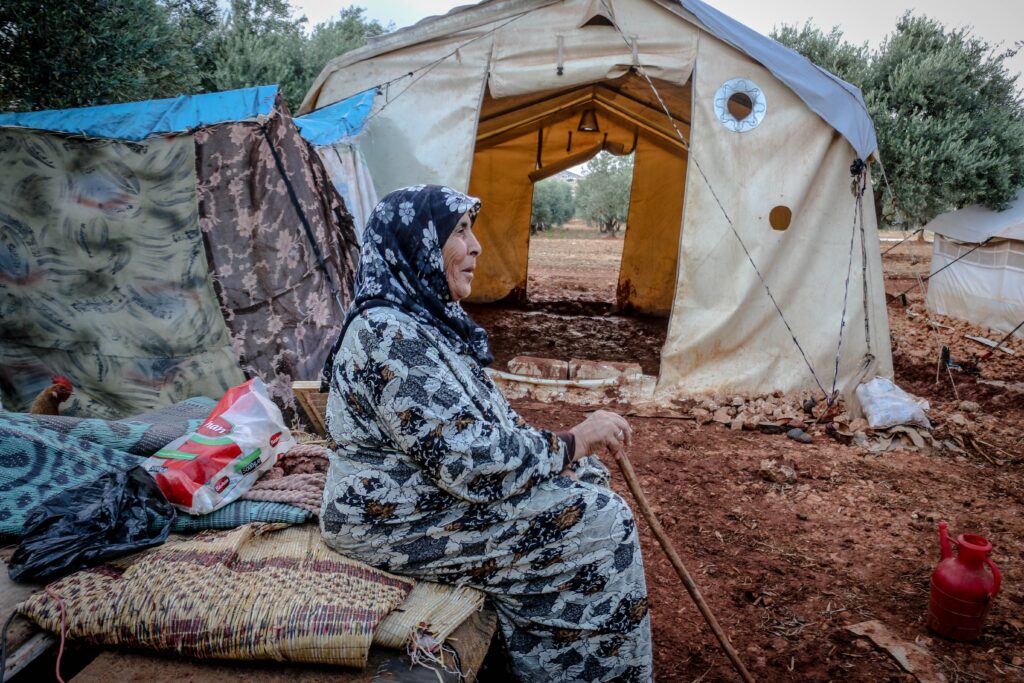Playwright’s Statement

A few years ago I read The Wetsuitman, an article by the Norwegian journalist Anders Fjellberg about two refugees who tried to swim from Calais to England and were washed ashore in Norway and the Netherlands. I couldn’t get the article out of my head, where it got tangled up with other stories, frustrations, and observations about identity, all of which resulted in this play. Several people I met also had a crucial influence: I’m thinking in particular of the young Afghan Nazilla and her father, the Syrian author Maria, and many others I met while writing in Calais, Dover, or right here in Belgium. This is not documentary theater. I took the liberty of combining stories, departing from true events, and making some things up entirely. None of that makes the issues raised in this play any less real.
Freek Mariën
Mapping The Wetsuitman
The Wetsuitman is a play that travels both forward and backward in time, as well as across land and water. This map shows the locations portrayed in the play. The Strait of Dover is the narrowest point on the English Channel which separates the United Kingdom from continental Europe. Although you can famously see Dover’s chalk white cliffs from the port of Calais in France, the distance is nearly 21 miles across. That’s equal to roughly 675 laps of an Olympic swimming pool.
The source of The Wetsuitman
Although playwright Freek Mariën’s The Wetsuitman is a work of fiction, the story draws substantially from a real-life piece of investigative journalism. This article by Norwegian journalist Anders Fjellberg and photographers Tomm Christiansen and Hampus Lundgrend depicts, through word and image, the true story of two Syrian refugees, Shadi Omar Kataf and Mouaz Al Balkhi.


Ithaca Welcomes Refugees
As we have been working on this production of The Wetsuitman, we are grateful to have been engaged in helpful conversations with Syrians resettled in Syracuse, and Ithaca Welcomes Refugees (IWR). IWR is a “volunteer led community initiative that fosters a welcoming and fair environment for refugees and immigrants who come to our region.” IWR works to connect resettled refugees to resources and posts currently needed items and services on their webpage. There are many ways to support, volunteer or donate to your local Refugee assistance programs. You could make a difference!
Other Resources
FLX Rapid Response Network
The FLX Rapid Response Network is a group that aims “to respond to immediate needs caused by immigration policies that destroy people’s lives.” Support is offered through witnessing, documentation, referral to legal consultation, follow ups and help navigating legal processes, communication, advocacy, and help accessing services.
Free English Courses
TST BOCES offers a range of free English as a Second Language Classes to help people enter the workforce and complete citizenship. Visit the class schedule and Registration. ESL classes are also available through Cornell.
New York for Syrian Refugees
New York for Syrian Refugees is an organization whose mission is: “to assist the new Syrian families in becoming part of a strong New York community, to nurture their children to excel academically and in life, and to help them all become healthy, productive members of society.” They provide support services, assistance locating existing resources and help connecting new immigrants to others in the community.
Cornell Translator-Interpreter Program (TIP)
The Translator-Interpreter Program (TIP) is a student-run program of the Cornell Public Service Center that trains bilingual and multilingual Cornell students to serve as volunteer translators/interpreters for community agencies in emergency and non-emergency situations.
Refugee Resettlement: Catholic Charities
The Refugee Resettlement Program provides intensive case management for newly arrived refugees from the date of their arrival through their first 90 days in country. Basic resettlement services include: Airport Reception, housing assistance, support accessing necessities, community and cultural orientation, school enrollment, employment assistance, and help accessing medical, legal, and other services.

A Global Crisis
The COVID-19 pandemic has also exacerbated the poverty and joblessness faced by refugees. At least 1.1 million Syrian refugees and displaced people in Syria have been driven into poverty as a result of the pandemic, according to a December 2020 report by the World Bank Group and the U.N. Refugee Agency. War, poverty, disease and climate change are all significant contributors to our global crisis.
Beyond the story of Kataf and Al Balkhi that serves as the direct source material for The Wetsuitman, there are many accounts of refugees finding themselves out of other options and resorting to swimming as a necessity. Channels of passage include the on both ends of the Mediterranean, between Turkey and Greece to the east, and between Morocco and Spain to the west. Although this kind of aqueous crossing has garnered media attention in the last decade, it is by no means new. Starting in the 1960s, Cuban asylum seekers would travel to Florida by boat (sometimes finishing the journey by swimming). Under a 1995 policy called “Wet feet, dry feet,” those who made it ashore in the United States were allowed to stay. Those apprehended while still at sea would be deported back to Cuba. This policy ended in 2017 in the final days of the Obama administration. This has not stopped Cubans making the hundred mile journey between Havana and Key West.
Interactive Art and Migrants
at the US Border
John Craig Freeman and the Border
Memorial Project Dia de los Muertos
This virtual installation projects the numbers of disappeared border-crossers around the Southwest. To access this public art project, users explore with the use of an app that integrates disappeared persons through statistics and images with locations and social spaces. This work serves as an attempt to welcome these people into to the American imaginary through a virtual monument that deals with memory and migrant justice.
- The Migrant Trail Game:
This game designed by Marco Williams places the player in Arizona’s borderlands. In the desert, the player may choose to be an immigrant attempting to cross the border, or a person trying to secure the border. This game makes use of actual footage of migrants trying to cross the inhospitable Sonoran Desert and picks up on the themes and issues Williams explores in his film The Undocumented. Each year an unknown number of border-crossers pay up to thousands of dollars to ‘Coyotes,’ guides hired to help them cross. This game sheds light on the dangers of the journey and on those left along the way, many of whose bodies will never be found. You can learn more about the game and the film that inspired it here:
Further Readings and Viewings
Who is who? Helpful definitions.
These definitions are broad frameworks, not legal definitions, but they serve to help us think about refugee status in more nuanced ways and highlight the number of people globally who are on the move.
Short films, documentaries and animations (Open Access)
The first animation of the Unfairy Tales series Malak and the boat, released for the launch of UNICEF’s global campaign on the Syrian refugee crisis, brings attention to the stories of the youngest victims of the Syrian conflict as they flee war. Aboard a light boat, seven-year old Malak explains her journey as she crosses the Mediterranean.
The short film When you don’t exist imagines a scenario in which migration traffic would be reversed: as violent unrest causes people to flee Europe in mass and reach Africa, they are forcibly taken by authorities and jailed in refugee camps. When you don’t exist is part of Amnesty International’s campaign for the human rights of migrants, refugees, and asylum-seekers in Europe and at its borders.
Full length documentaries
Documentaries
Children of Syria (2016) Marcel Mettelsiefen
More than six million people have fled brutal violence in Syria. This documentary chronicles the stories of some of the youngest. Filmed over three years, it follows four Syrian children from their struggle to survive the siege of Aleppo to the beginning of their new lives as refugees.
On the Brink of Famine (2016) FRONTLINE and Brown Institute
In South Sudan, a brutal civil war has sparked a man-made hunger crisis and driven millions of people from their homes. On the Brink of Famine is an immersive, 360-degree documentary that tells the stories of people who were forced to abandon their farmlands and villages to escape the violence.
Exodus (2016) James Bluemel
This film tells the epic, first-hand stories of refugees and migrants who made dangerous journeys across 26 countries in search of safety and a better life. The initial two-hour special relied on camera and smartphone footage filmed by refugees and migrants as they fled. Like the story of The Wetsuitman, Exodus take place partly in the notorious camp in Calais and on the ocean. A second documentary, The Exodus Continues, came out in 2017.
Books and plays
We are Displaced (2019) Malala Yousafzai
This book focuses on displacement and the refugee experience from the perspective of young girls. The author, who received a nobel peace prize, was a refugee from Pakistan who also spent some time as a displaced person. The first part of the book (I am Displaced) tells her own story and the second half (We are Displaced) gathers the stories of other refugees and displaced girls from different countries.
The Unplugging Yvette Nolan
This play imagines a world without power and traces the journey of two women, trying to survive since being forced to flee the camp that was their home. In the same vein as Emily St John’s recent novel Station Eleven (in which people are displaced by pandemic), The Unplugging imagines how climate and technology disasters will forcibly displace human populations.
City of Thorns: Nine Lives in the World’s Largest Refugee Camp (2016) Ben Rawlence
City of Thorns gathers together the stories of nine refugees and their families in the Dadaab Camp in Kenya, which was at the time the largest refugee camp in the world. The book focuses less on extraordinary journeys than it does on the limbo and uncertainty which can be a significant part of the refugee experience.
Dramaturgical resources curated in collaboration with Cornell Graduate students
Andy Colpitts and Andre Nascimento.
